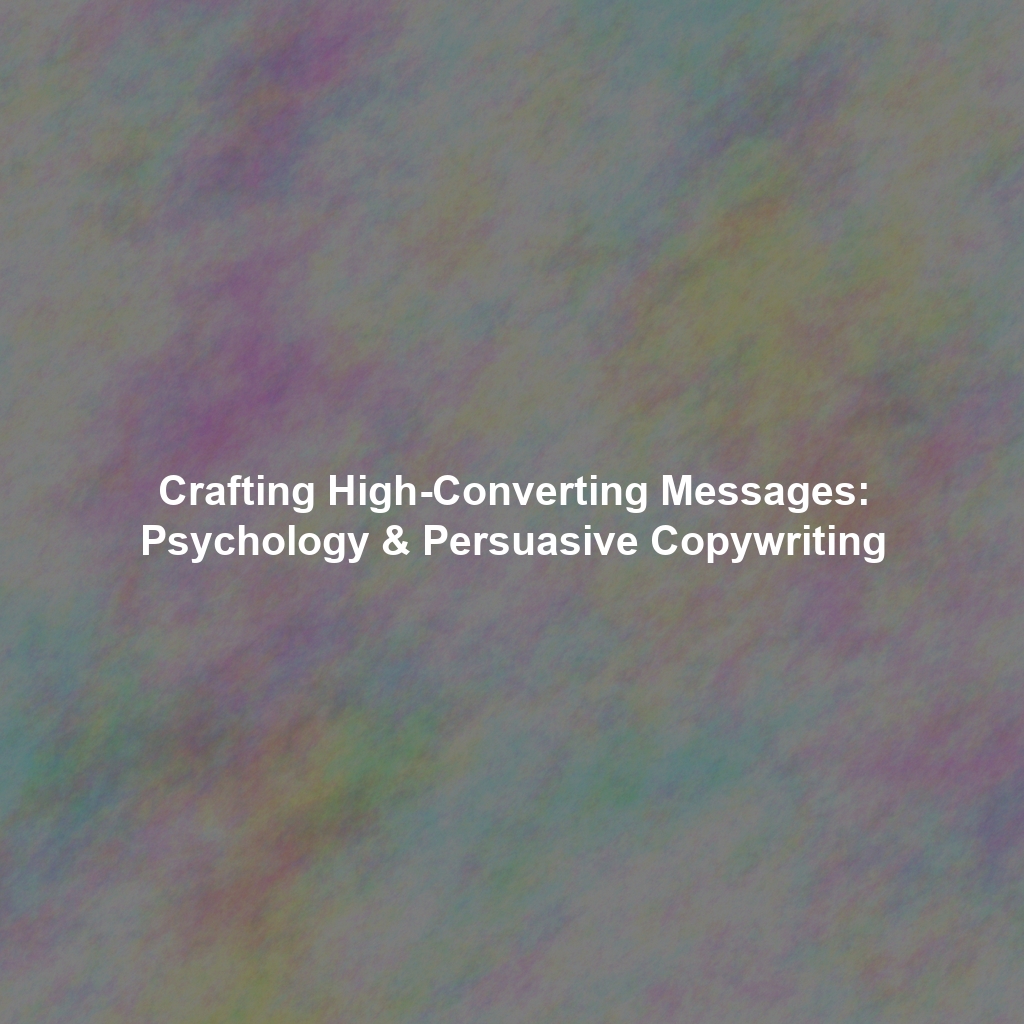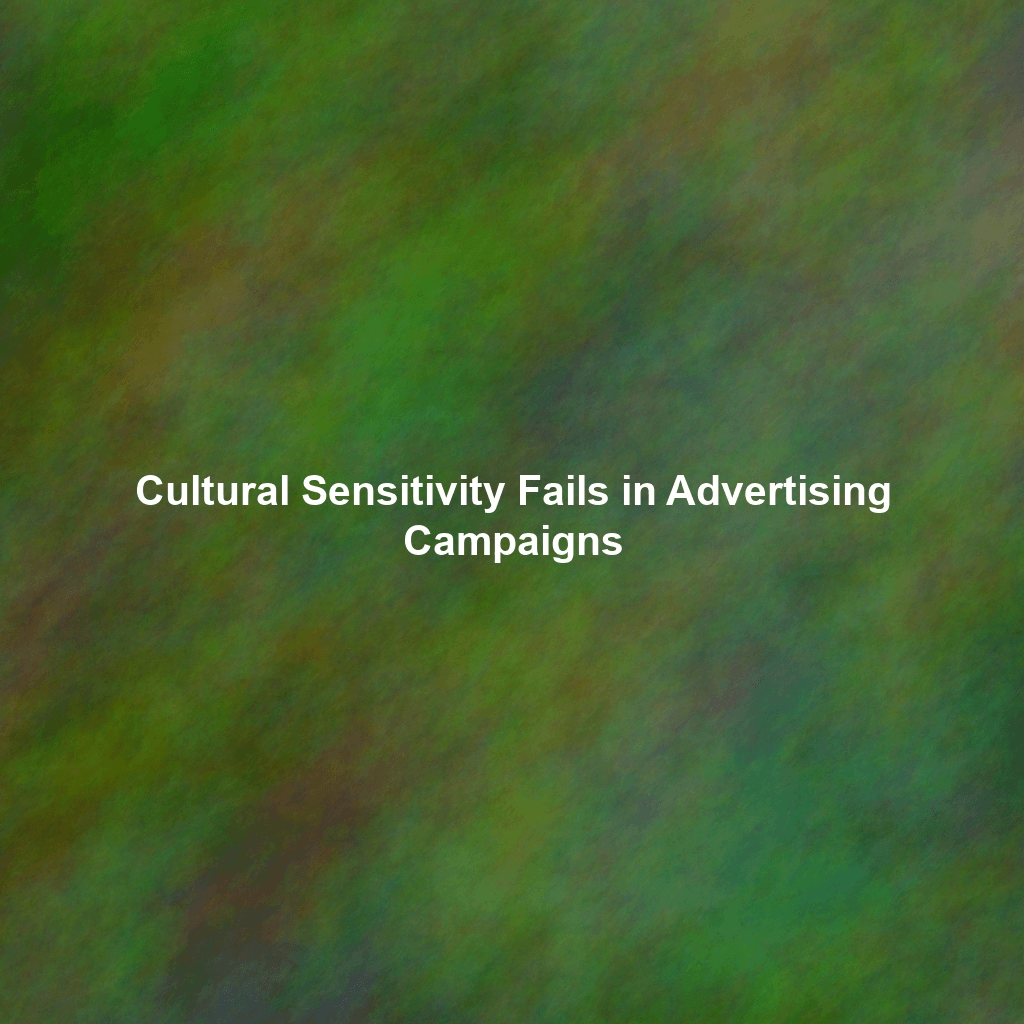In the bustling landscape of email marketing, your message isn’t just battling for attention; it’s vying for a coveted click, a meaningful engagement, and ultimately, a conversion. You might have a stellar product or service, a perfectly segmented audience, and a beautifully designed email template. But without compelling copywriting that taps into the core of human psychology, your email marketing efforts are likely falling short of their potential.
This isn’t about trickery or manipulation. It’s about understanding what motivates your audience, addressing their pain points, and articulating the value you offer in a way that resonates on a deeper level. It’s about crafting messages that not only inform but also persuade, inspire, and ultimately, drive action. Welcome to the world of persuasive copywriting, where psychology meets the art of the written word to unlock higher conversion rates.
Understanding the Psychological Principles of Persuasion
Several psychological principles underpin effective persuasive copywriting. Understanding and applying these principles can significantly boost your email marketing performance.
1. The Power of Scarcity: Creating Urgency and Desire
People tend to place a higher value on things that are scarce or limited. This is the principle of scarcity, and it’s a powerful tool in email marketing. By highlighting the limited availability of a product, service, or offer, you can create a sense of urgency and encourage recipients to act quickly.
Examples:
- “Only 50 spots left!”
- “Offer ends midnight tonight!”
- “Limited edition – get yours before it’s gone!”
Important Note: Authenticity is key. False scarcity can damage your credibility and alienate your audience. Only use scarcity tactics if they are genuinely true.
2. Social Proof: Building Trust and Credibility
We are social creatures, often looking to others for guidance on what to do, buy, or believe. Social proof leverages this tendency by showcasing positive testimonials, reviews, case studies, or endorsements. When people see that others have had a positive experience with your product or service, they are more likely to trust you and consider making a purchase.
Examples:
- Including customer testimonials in your email.
- Showcasing a high star rating.
- Mentioning the number of customers who have already benefited from your product.
- Featuring logos of well-known clients.
3. The Authority Principle: Leaning on Expertise and Trust
People are more likely to be persuaded by individuals or organizations they perceive as authoritative or knowledgeable. By establishing yourself as an expert in your field, you can increase the persuasive power of your email messages.
Examples:
- Sharing insights from industry reports or research.
- Highlighting your qualifications or experience.
- Featuring endorsements from respected figures in your industry.
- Linking to valuable content on your website that demonstrates your expertise.
4. Reciprocity: Giving to Receive
The principle of reciprocity suggests that people feel obligated to return a favor or kindness. By offering something valuable to your email subscribers for free, you can increase their likelihood of engaging with your message and making a purchase in the future.
Examples:
- Offering a free ebook, checklist, or template.
- Providing a discount or coupon code.
- Giving access to exclusive content or resources.
5. Loss Aversion: The Pain of Losing is Stronger Than the Joy of Gaining
Psychological studies show that the pain of losing something is often felt more intensely than the pleasure of gaining something of equal value. You can leverage this principle by framing your message in terms of what your audience will lose if they don’t take action.
Examples:
- “Don’t miss out on this limited-time opportunity!”
- “Avoid these common mistakes that could be costing you money.”
- “Protect your data from cyber threats with our security solution.”
6. The Foot-in-the-Door Technique: Starting Small for Bigger Wins
This technique involves asking for a small, easy-to-grant request first, which makes people more likely to agree to a larger request later. In email marketing, this could involve getting subscribers to click a link or answer a simple question before asking them to make a purchase.
Examples:
- Start with a simple poll or survey to gather feedback.
- Offer a free trial or demo of your product.
- Ask subscribers to download a free resource.
Crafting Persuasive Email Copy: Practical Techniques
Now that you understand the underlying psychological principles, let’s dive into some practical copywriting techniques that you can use to craft high-converting email messages.
1. Know Your Audience: Speak Their Language
Before you write a single word, take the time to understand your audience. What are their needs, wants, and pain points? What motivates them? What language do they use? The more you know about your audience, the better you’ll be able to craft messages that resonate with them.
Tips for Understanding Your Audience:
- Conduct customer surveys and polls.
- Analyze your website analytics.
- Read customer reviews and testimonials.
- Monitor social media conversations.
- Create buyer personas to represent your ideal customers.
2. Write Compelling Subject Lines: Grab Attention Instantly
Your subject line is the first (and often only) chance you have to capture your recipient’s attention. Make it count. A good subject line should be clear, concise, and intriguing. It should also create a sense of urgency or curiosity.
Examples of Effective Subject Lines:
- “Unlock Your Free Ebook: [Topic]”
- “Last Chance: [Offer] Ends Tonight!”
- “The Secret to [Desired Outcome] Revealed”
- “Are You Making These Common Mistakes?”
A/B Test Your Subject Lines: Experiment with different subject lines to see what resonates best with your audience.
3. Focus on Benefits, Not Features: Tell Them What’s in It for Them
People don’t care about the features of your product or service; they care about the benefits. How will your product or service make their lives easier, better, or more enjoyable? Focus on the benefits, and you’ll be much more likely to capture their attention and persuade them to take action.
Example:
- Feature: Our software has advanced reporting capabilities.
- Benefit: Gain valuable insights into your business performance and make data-driven decisions.
4. Use Strong Action Verbs: Tell Them What to Do
Your call to action (CTA) should be clear, concise, and compelling. Use strong action verbs that tell your recipients exactly what you want them to do. Use action oriented language.
Examples of Effective CTAs:
- “Shop Now”
- “Download Your Free Ebook”
- “Get Started Today”
- “Learn More”
5. Create a Sense of Urgency: Encourage Immediate Action
As mentioned earlier, scarcity is a powerful motivator. By creating a sense of urgency, you can encourage your recipients to take action quickly. This can be achieved by setting deadlines, highlighting limited availability, or offering exclusive bonuses for those who act fast.
6. Personalize Your Messages: Make Them Feel Seen and Understood
Personalization goes beyond simply using your recipient’s name. It involves tailoring your message to their specific interests, needs, and preferences. This can be achieved through audience segmentation and dynamic content.
Examples of Personalization:
- Sending different emails to subscribers based on their past purchase history.
- Tailoring your message based on their location or industry.
- Recommending products or services that are relevant to their interests.
7. Keep It Concise and Readable: Respect Their Time
People are busy. They don’t have time to read long, rambling emails. Keep your messages concise, easy to read, and visually appealing. Use short paragraphs, bullet points, and headings to break up the text and make it easier to scan.
8. Proofread Carefully: Maintain Credibility
Nothing undermines your credibility faster than typos and grammatical errors. Before you send out an email, proofread it carefully (ideally, have someone else proofread it as well) to ensure that it is error-free.
The Importance of A/B Testing: Continuously Optimizing for Results
Crafting high-converting email messages is not a one-time task. It’s an ongoing process of experimentation and optimization. A/B testing is a powerful tool for identifying what works best with your audience. Test different subject lines, CTAs, layouts, and content to see what drives the highest conversion rates. A/B testing is critical for understanding what resonates with your audience and maximizing the effectiveness of your email campaigns.
Conclusion: Mastering the Art of Persuasion in Email Marketing
By understanding the psychological principles of persuasion and applying effective copywriting techniques, you can transform your email marketing from a generic broadcast into a powerful tool for driving conversions. Remember to focus on your audience, speak their language, highlight the benefits you offer, and always be testing and optimizing. Mastering the art of persuasive copywriting is a continuous journey, but the rewards are well worth the effort – higher engagement, increased conversions, and ultimately, a more successful email marketing strategy.
 Skip to content
Skip to content

